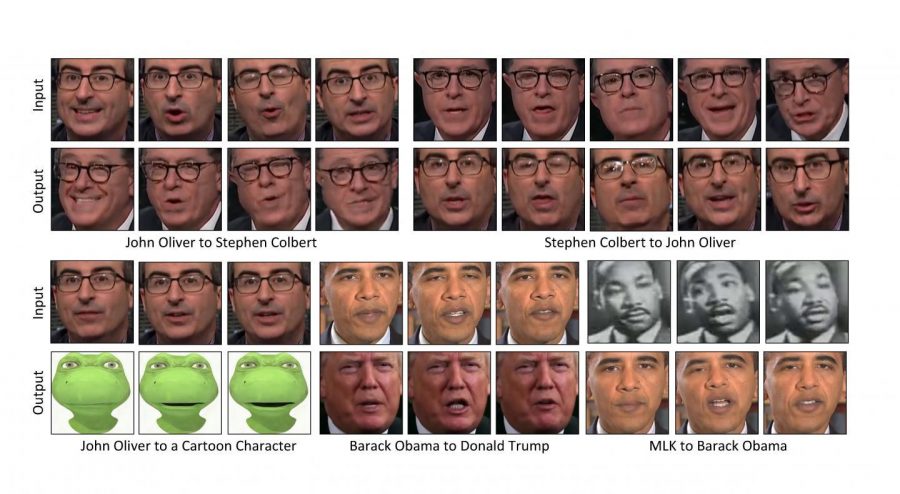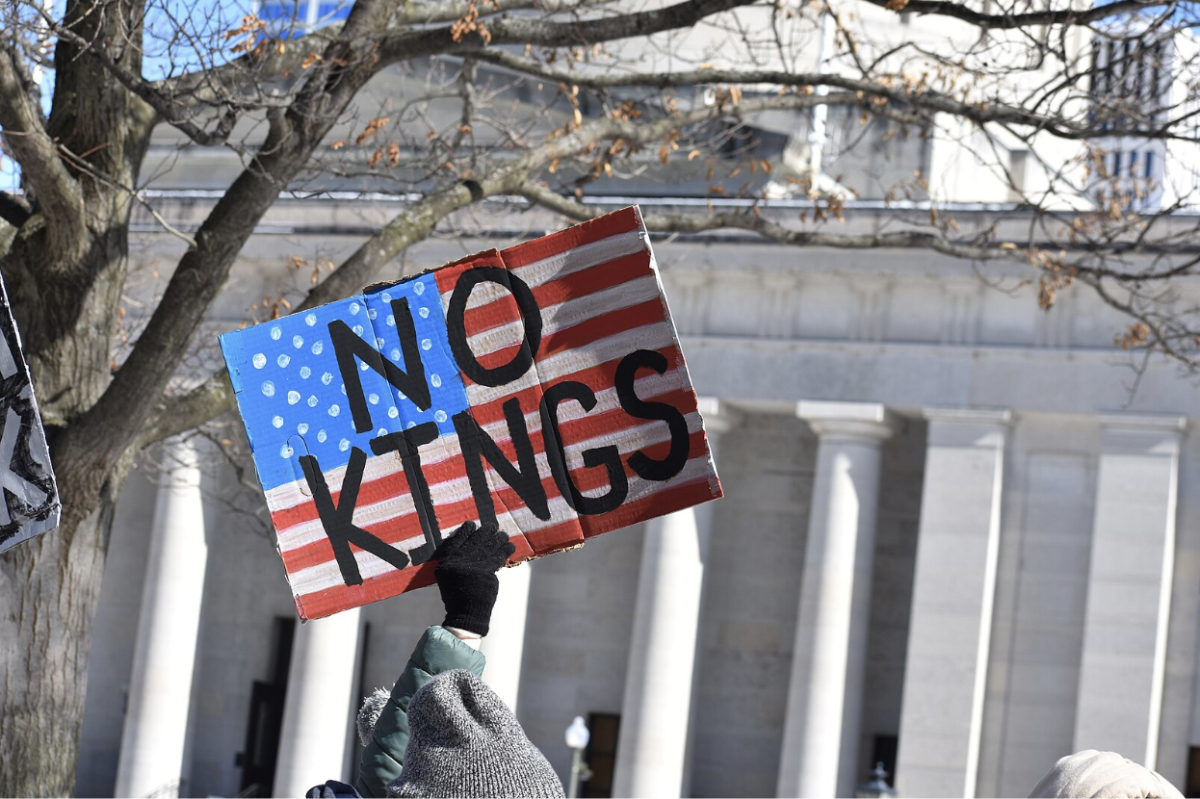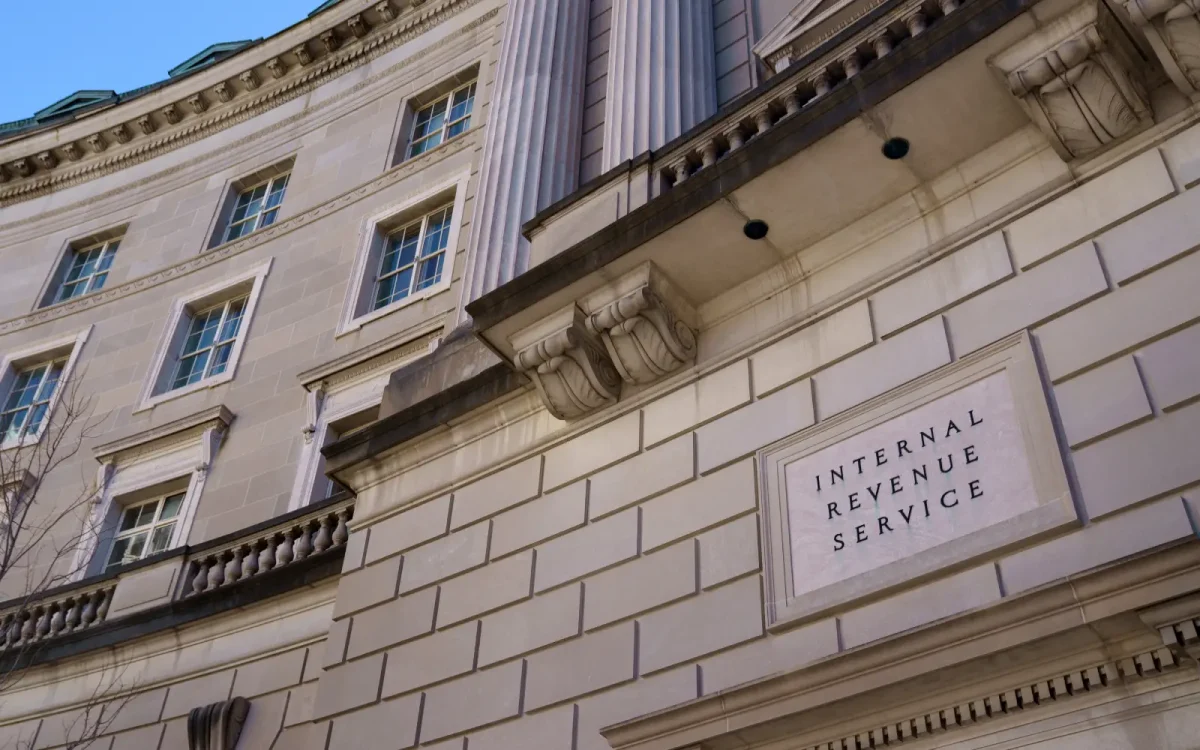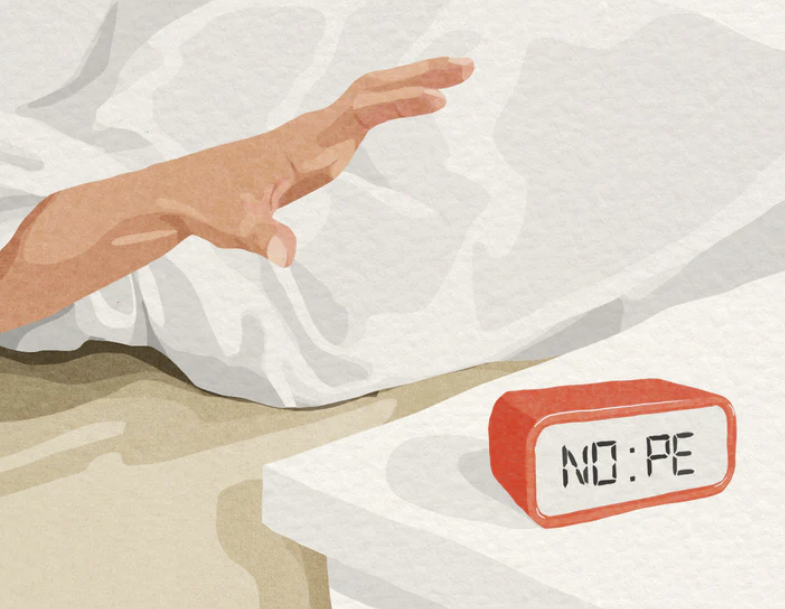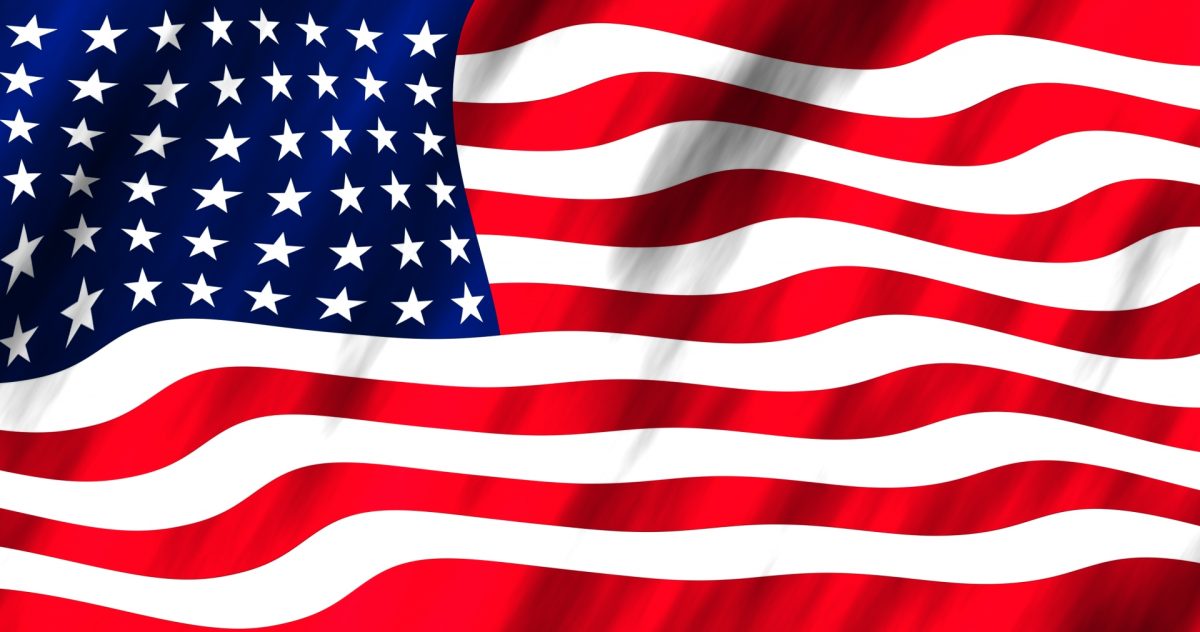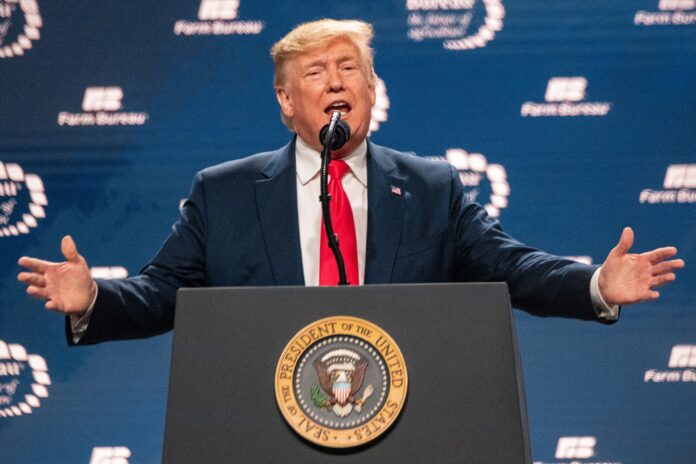Since his campaign, United States President Donald Trump has been touting tariffs to gain leverage over America’s trading partners. The new tariffs on Mexico, Canada, and China were supposed to go into effect on February 4. However, following negotiations, the tariffs on America’s North American neighbors were postponed, while the tariffs against China were levied. Here’s what you have to know.
According to The Associated Press, the Trump Administration’s tariffs were supposed to be levied on three of America’s most important trading partners: Canada, Mexico, and China. The ones in Canada and Mexico placed duties of up to 25% on all imported goods. Energy resources from Canada, such as oil and coal, would have been subjected to a 10% tax. The tariffs on China—which have been enacted—place a 10% tax on all Chinese imports coming into the United States. The price of many important consumer goods, such as plastics, energy, computer chips, clothing, and liquor, is expected to be affected.
According to CNBC, in the days leading up to what was supposed to be the beginning of the tariffs, American markets retreated. The price of crude oil temporarily went up, with warnings that the price could fall again later if the tariffs ended up causing a global recession. The American stock market also suffered losses. The S and P 500, Dow Jones, and Nasdaq Composite all saw the loss of some of their gains earlier in the month.
Trump’s stated reasoning for imposing the tariffs is to engage in a war against drugs and illegal immigration. According to The Associated Press, Trump claims that the Mexican government has allied itself with drug cartels, deliberately allowing cartels to more easily smuggle drugs into America. Trump also believes that many of these cartels have operations in Canada, thus allowing more fentanyl to come into the country. However, these claims come at a time when reports indicate that illegal border crossings are at a low. Fentanyl seizures across the Mexican border have also fallen in recent times. The White House has also stated that the tariffs are critical to leveraging American interests and maintaining national security.
As reported by The AP, Mexico and Canada initially reacted by planning tariffs of their own. Mexican President Claudia Sheinbaum and Canadian Prime Minister Justin Trudeau ordered retaliatory tariffs against The United States at rates of up to 25%. However, as of February 4, Sheinbaum and Trump have reached an agreement to stall the tariffs for 30 days. According to The New York Times, Mexico has agreed to deploy 10,000 troops along its border, which would prevent border crossings and drug smuggling. Furthermore, Trudeau has agreed to implement Trump’s Canadian border enforcement plan. This plan will be overseen by a fentanyl czar, which, according to CBS News, is a high-level executive branch official in charge of a specific policy focus. This plan is funded by $1.1 billion, and it provides funding for constant border patrolling and security directives targeting organized crime and drug smuggling.
At the same time, China has retaliated against Trump’s tariffs with their own. According to The AP, China, in response to Trump’s tariffs, has announced plans to levy a 15% tariff on coal and liquid gas products. It will also impose a 10% tax on crude oil and large-engine cars exported from the United States. China has also announced that it will impose export controls on minerals that are essential to the production of computer products. Elements such as gallium and tungsten have all been taxed–an action that economists predict will negatively impact the American economy. The Chinese government has also said that it will investigate Google on the grounds that the corporation violated Chinese antitrust laws.
Unfortunately, it appears that average Americans will bear the financial burden of these tariffs. According to USA Today, the tariffs themselves will be paid by the companies that receive the specified exports; however, in order to offset the cost, prices of these items will be raised on consumers. Due to the pause on tariffs for Mexico and Canada, items exported from these countries will remain at current prices for the time being. The same cannot be said for Chinese products, as Americans can expect price hikes on goods such as fish, fruit, vegetables, soaps, coffee, and dairy products.
Now that the threat of tariffs has materialized, the effects are already starting to show. From market recessions to a looming trade war with China, the long-term impact of these tariffs on America—and the world—remains uncertain. The only thing left to do is to watch how the rest of 2025 unfolds.













































